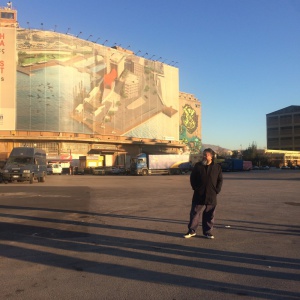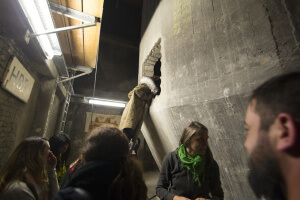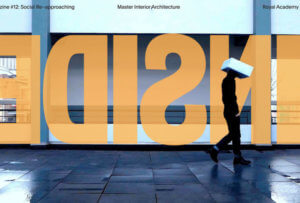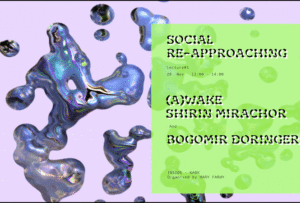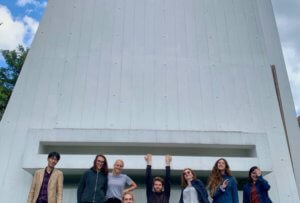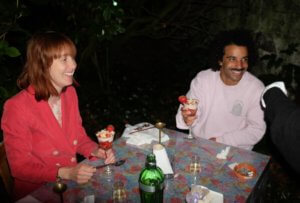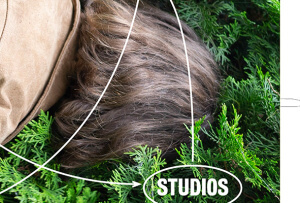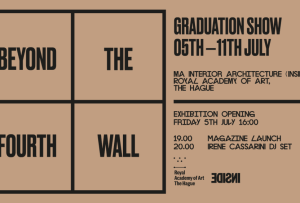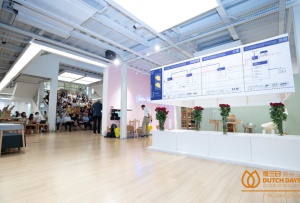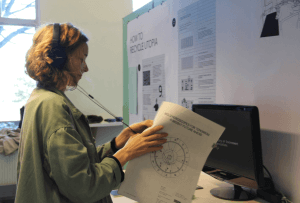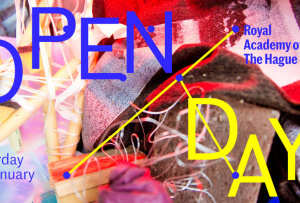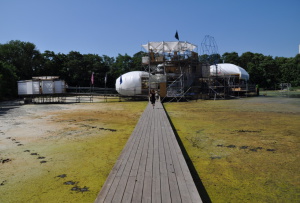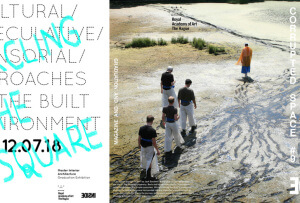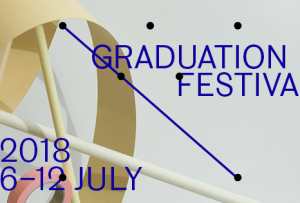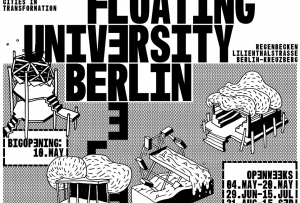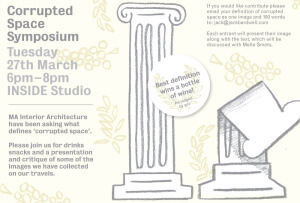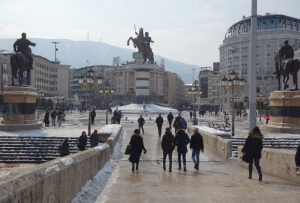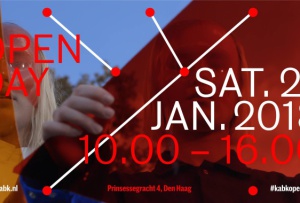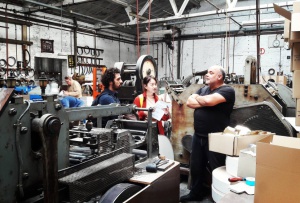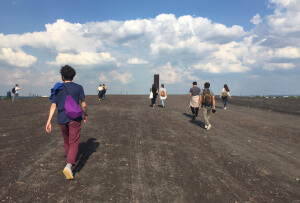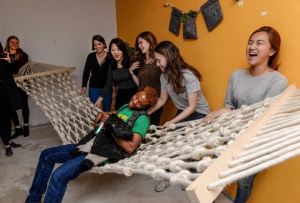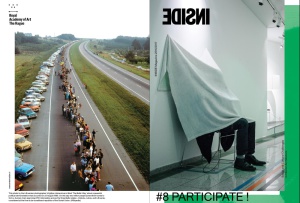TRAVEL
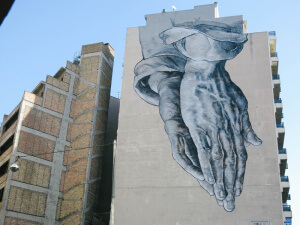
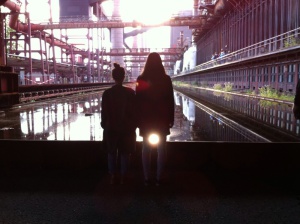
FEELING ENDEM
The basis of every design lies in observing, researching and analyzing a situation. The best attitude for doing that is to travel to places and thus experience ‘a tremendous sense of liberation and, at the same time, to be very aware of all the dangers and limitations that surround you’. (Lebbeus Woods, as quoted in an interview with Jan Jongert of Rotterdam based architecture office Superuse Studios). Only by travelling you can see and feel the real spaces, smell the real odours, and meet the real people. And there is a lot to see and feel everywhere: newly designed spaces that are published by smooth renderings, places that are on the brink of change, famous monuments and meaningful places hidden in the public realm, highlights and in-between spaces not yet discovered, well designed as well as poorly designed spaces and special and ordinary ones. Spaces that stimulate critical reflection on social and cultural issues, history, politics, religion and economic situations, or that are simply fascinating in their own right.
With the INSIDE TRAVEL programme the ability of the students to observe, analyse and interpret the world at large is challenged and observations are mobilized to support the designing of spatial change. Every year the TRAVEL programme starts with ENDEM and ends with STOFFWECHSEL. Endem is the Albanian word for ‘feeling happily lost’ and invites students to gather all sorts of impressions without actually knowing for what reason. In the next phase of the TRAVEL programme 好奇or HÀOQÍ is the key emotion. HÀOQÍ, the Chinese word for ‘curious’, it challenges students to reflect on what they actually saw and to discover all kinds of fascinating observations that stimulate their curiosity. In the third phase the students limit their observations to the core idea framed in various PADIDEH, the Persian word for ‘phenomenon’. These Padideh will be confronted with each other through placing them on two sides of a matrix, thus creating a ‘field of change’. Finally the students explore the possibilities that are hidden within this field through combining seemingly irreconcilable elements, exploring the observations by merging them and thus applying these to their metamorphism, or STOFFWECHSEL as the German architect Gottfried Semper (1803-1879) framed this phenomenon in architecture.
The Travel Program consists of national and international excursions, symposiums, lectures, interviews and studio visits that stimulate the observation of and research into phenomena in spatial design for at least 14 days every semester.
The TRAVEL program is run by Hans Venhuizen.
INSIDE travelled to
Serbia/Kosovo/Macedonia – Dutch clichés/Zaanse Schans – Ruhr area – Carwash Schiedam – Groningen – Catholic South – The Hague/Rotterdam – Brussels – Antwerp – Amsterdam/Bijlmermeer – Athens – Berlin – Arnhem/Hoge Veluwe – Venice/Biennale – Ghent – Cologne – Amsterdam – Lithuania/Latvia – Berlin – Eindhoven – Verona – Duisburg/ Oberhausen/ Essen – Maastricht – Dessau – Hoogstraten Rijnmond – Almere/Lelystad – Amsterdam North – The Dutch Polders – Istanbul – Prince Day – Van Nelle Factory – Architecture Institute – Tirana – Rietveld House – Utrecht – Sparta – First World War travel – Farmer/Greenhouse
to be continued…
